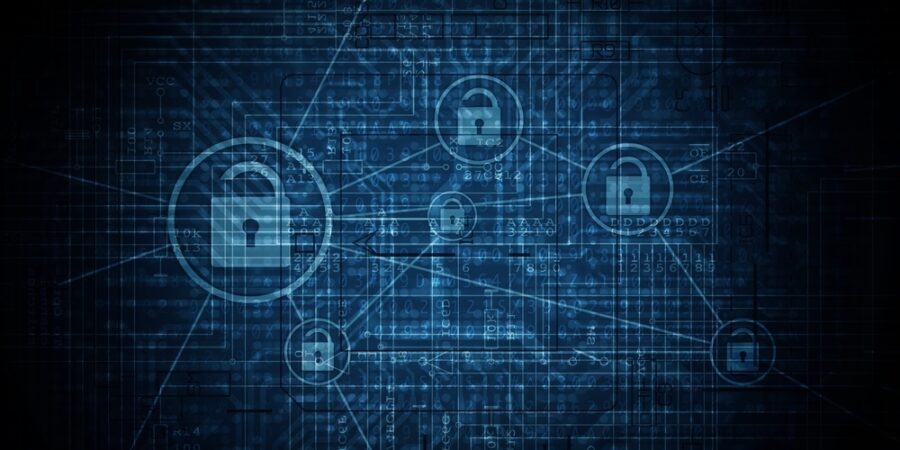In an era where digital communication forms the backbone of government operations, securing sensitive information is paramount. Government-grade encryption software in the United States stands at the forefront of safeguarding classified and confidential data from prying eyes. This article explores the significance of such encryption solutions, their features, and their crucial role in upholding national security.

- Unparalleled Security Standards: Government-grade encryption software adheres to the highest security standards. These solutions implement encryption algorithms that are rigorously tested and validated by national security agencies, ensuring a level of protection that meets or exceeds the stringent requirements of government communications.
- End-to-End Encryption: To protect the integrity of data during transmission, government-grade encryption software employs end-to-end encryption. This means that the data is encrypted on the sender’s device and only decrypted on the recipient’s device, ensuring that even if intercepted, the information remains unintelligible to unauthorized entities.
- Quantum-Resistant Encryption: Acknowledging the future threat landscape, government-grade encryption software often incorporates quantum-resistant encryption algorithms. This forward-looking approach ensures that sensitive information remains secure even in the face of advancements in quantum computing, which could potentially undermine traditional encryption methods.
- Secure Communication Channels: Government agencies require secure communication channels for sensitive discussions. Encryption software provides secure platforms for email, messaging, and other forms of communication, creating a protected environment where classified information can be shared without compromising its confidentiality.
- Authentication and Access Control: Access to encrypted data is tightly controlled through authentication mechanisms. Government-grade encryption solutions implement robust access control measures, ensuring that only authorized personnel with the appropriate credentials can decrypt and access sensitive information, minimizing the risk of unauthorized disclosure.
- Protection Against Insider Threats: Government agencies are not immune to insider threats, and encryption software addresses this vulnerability. By encrypting data at rest and implementing strict access controls, these solutions mitigate the risk of malicious insiders attempting to compromise classified information or leak sensitive data.
- Compliance with Federal Regulations: Government-grade encryption software is designed to comply with federal regulations governing the protection of sensitive information. This ensures that government agencies adhere to legal requirements and standards, fostering a secure and compliant approach to handling classified and confidential data.
- Interoperability and Integration: Recognizing the diverse technology landscape within government agencies, encryption solutions prioritize interoperability and integration. These tools seamlessly integrate into existing communication and information systems, ensuring a cohesive security infrastructure across various government entities.
- Continuous Monitoring and Auditing: To maintain the integrity of encrypted systems, government-grade encryption software includes continuous monitoring and auditing features. This allows security administrators to track and review access logs, detect anomalies, and ensure that the encryption protocols remain effective over time.
- International Collaboration and Standards: Encryption software designed for government use often adheres to international encryption standards. This facilitates collaboration with allied nations and ensures interoperability in situations where secure communication and information sharing are essential for international security efforts.
Conclusion:
Government-grade encryption software in the United States plays a pivotal role in securing the nation’s most sensitive information. By implementing cutting-edge encryption algorithms, robust access controls, and a commitment to compliance, these solutions form the backbone of secure communications within government agencies. As technology evolves, government-grade encryption remains at the forefront, adapting to emerging threats and upholding the principles of national security in the digital age.

